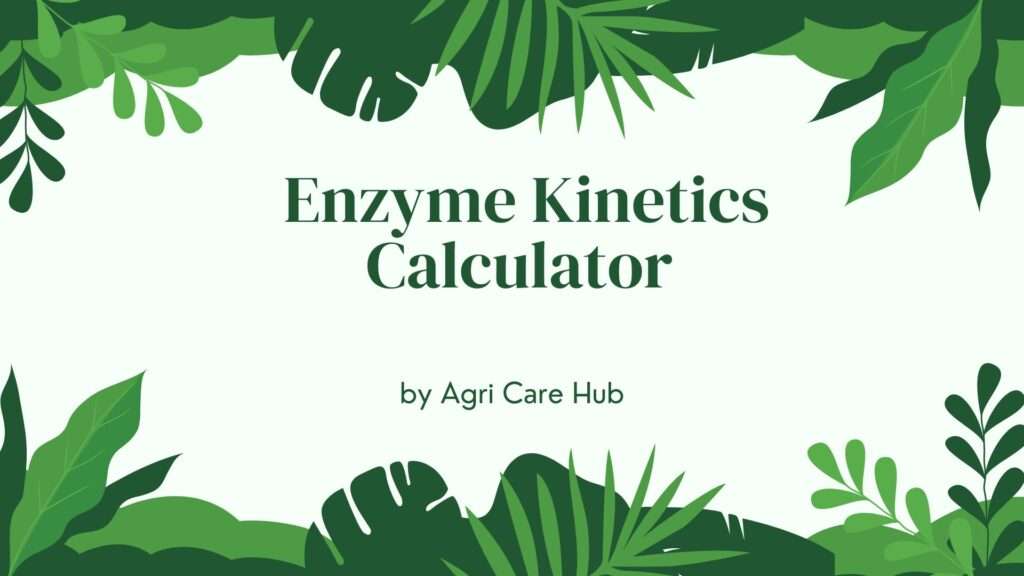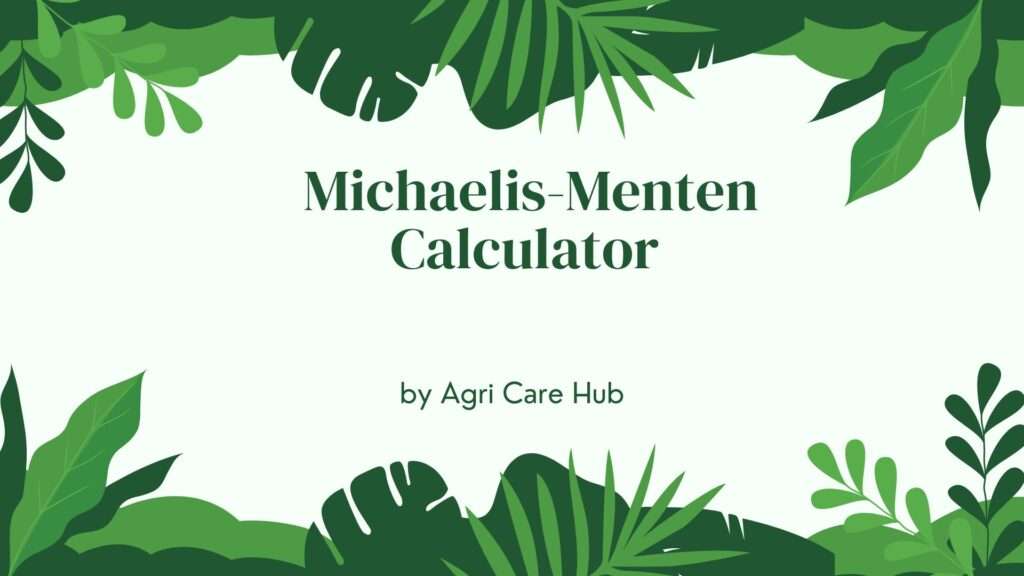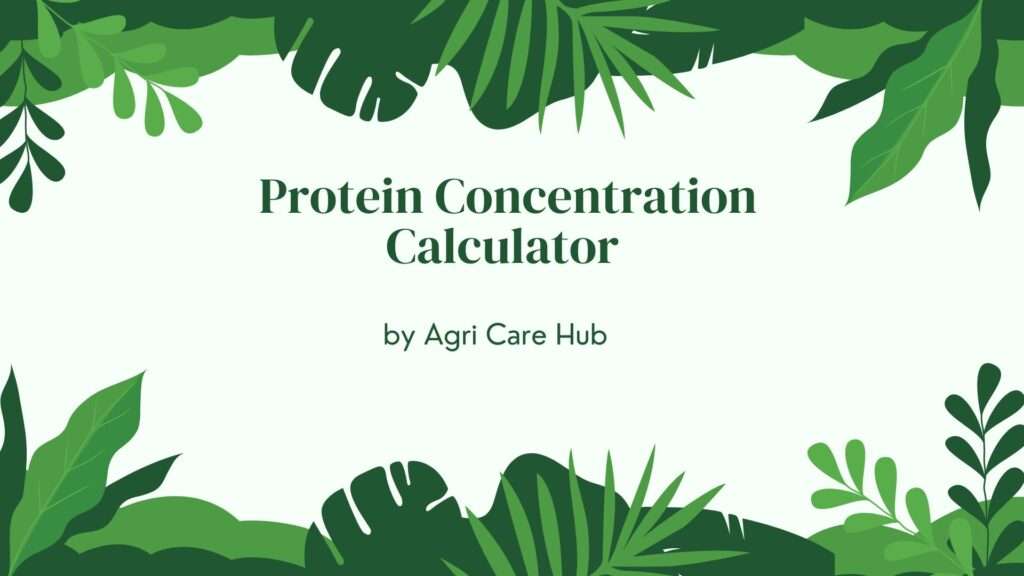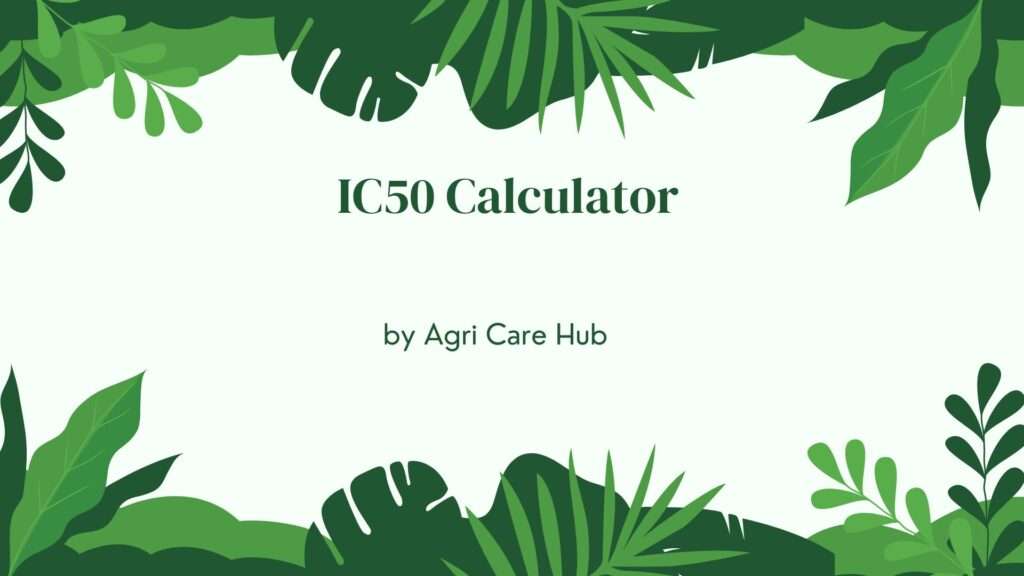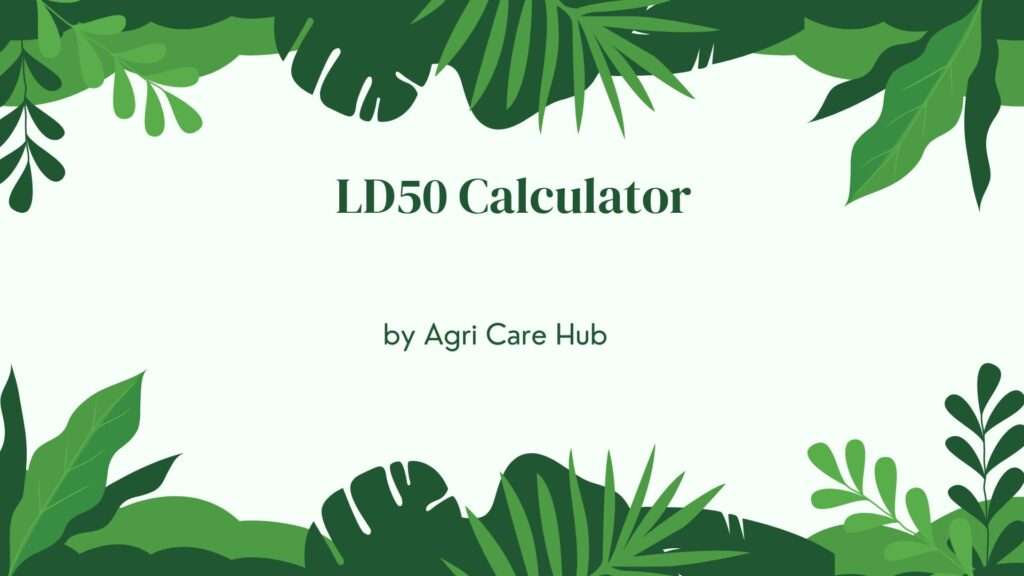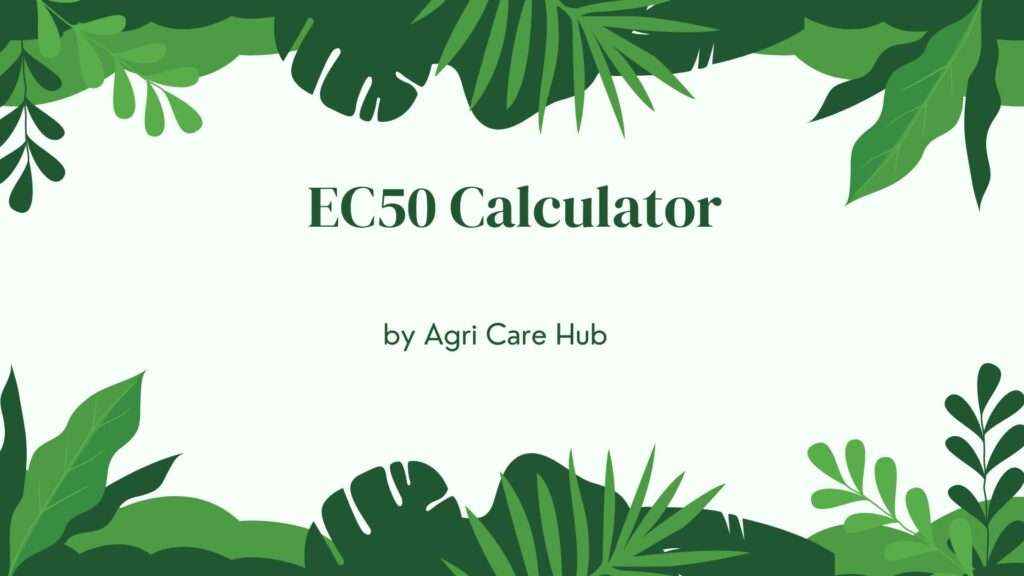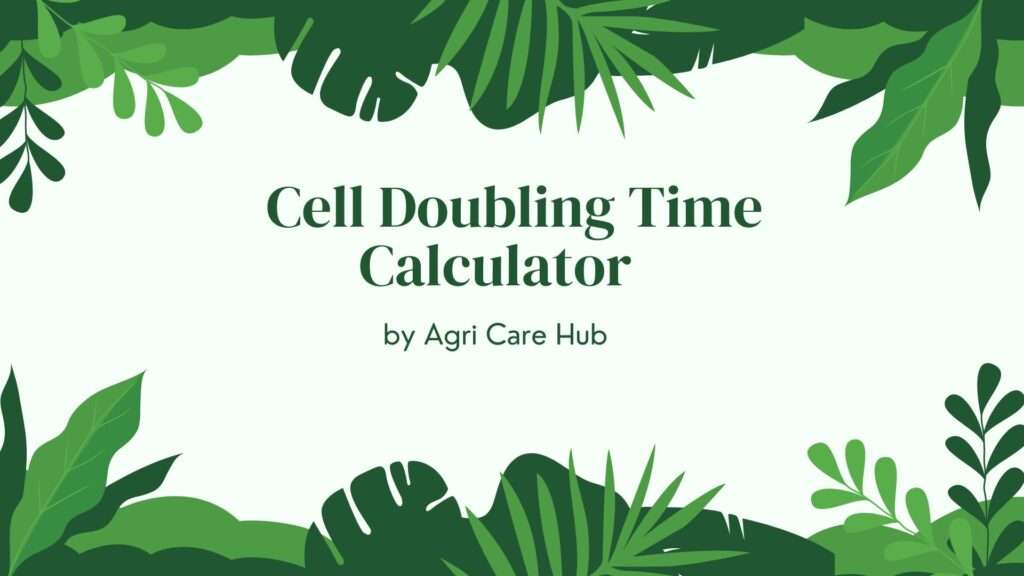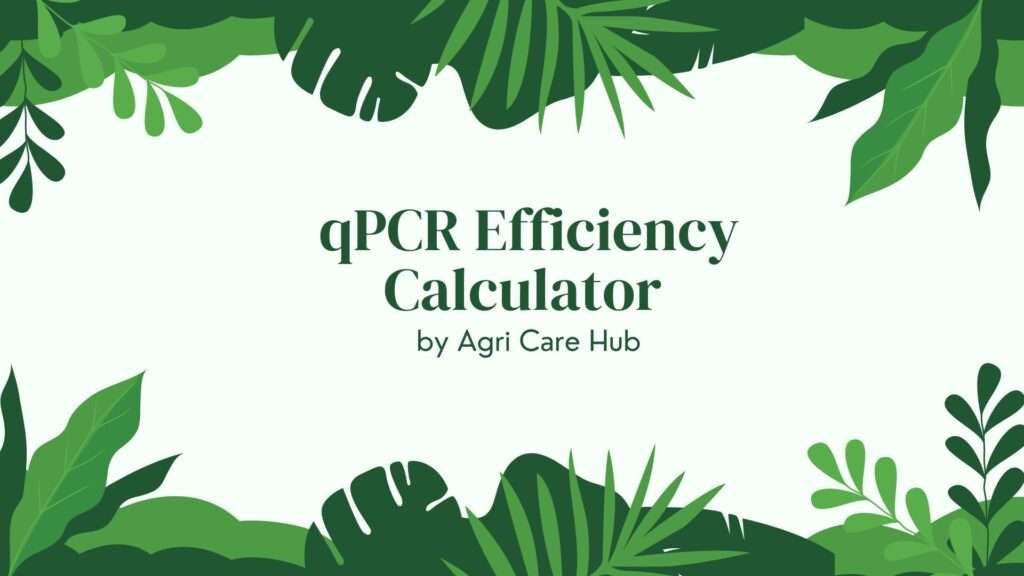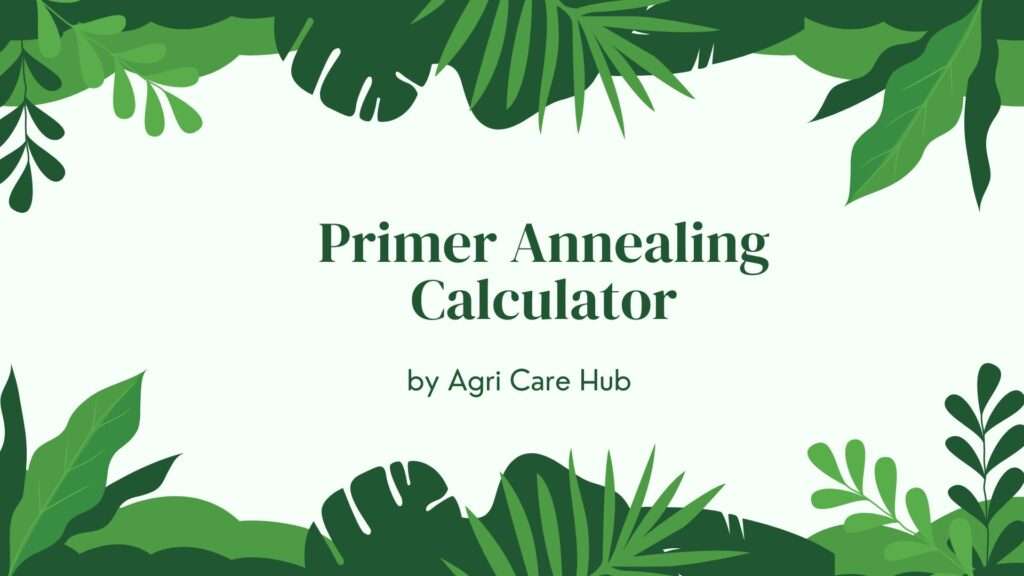Absolute Quantification Calculator
Calculate Biomolecule Concentration
Enter the known standard concentrations, their signal intensities, and the unknown sample's signal intensity to calculate its concentration using the standard curve method.
About the Absolute Quantification Calculator
The Absolute Quantification Calculator is a scientifically accurate tool designed to help researchers, clinicians, and scientists determine the exact concentration of biomolecules such as DNA, RNA, proteins, or metabolites in a sample. By leveraging the standard curve method, this calculator provides precise, reliable results that align with established scientific principles. Whether you're working in medical diagnostics, environmental science, or food safety, this tool ensures reproducible and trustworthy data for your experiments or analyses. For more insights into the methodology, visit Absolute Quantification.
Importance of the Absolute Quantification Calculator
Absolute quantification is a cornerstone in quantitative biology, offering precise measurements that are critical for research and applied sciences. Unlike relative quantification, which provides fold changes relative to a reference, the Absolute Quantification Calculator delivers exact numerical values, such as the number of gene copies or pollutant concentrations. This precision is vital in fields like medical diagnostics, where knowing the exact viral load in a patient’s blood can guide treatment decisions, or in environmental science, where quantifying contaminants in parts per billion ensures compliance with safety standards. The calculator simplifies complex calculations, making it accessible to both experts and novices.
The tool’s reliability stems from its adherence to the standard curve method, a peer-reviewed and widely accepted approach in molecular biology. By inputting known standard concentrations and their corresponding signal intensities, users can generate a linear standard curve. The calculator then uses this curve to interpolate the concentration of an unknown sample based on its signal intensity. This method ensures high sensitivity and a broad dynamic range, enabling accurate detection of molecules even at low concentrations.
User Guidelines
To use the Absolute Quantification Calculator effectively, follow these steps:
- Prepare Standard Data: Obtain at least two standard samples with known concentrations (e.g., copies/mL for DNA or ng/mL for proteins) and their corresponding signal intensities (e.g., fluorescence or cycle threshold values from qPCR).
- Enter Standard Values: Input the concentrations and signal intensities for two standards in the provided fields. Ensure accurate pipetting and pure standards to maintain precision.
- Enter Sample Data: Input the signal intensity of the unknown sample obtained from the same analytical method (e.g., qPCR, ELISA).
- Calculate: Click the “Calculate” button to obtain the concentration of the unknown sample, derived from the standard curve.
- Interpret Results: The result will display the calculated concentration, typically in the same units as the standards (e.g., copies/mL or ng/mL).
For best results, ensure that your standard concentrations span the expected range of the unknown sample and that measurements are taken under consistent experimental conditions. Visit Agri Care Hub for additional resources on precision measurement in agricultural and biological applications.
When and Why You Should Use the Absolute Quantification Calculator
The Absolute Quantification Calculator is indispensable in scenarios requiring precise, numerical data rather than relative comparisons. Here are key situations where this tool is essential:
- Medical Diagnostics: Determine viral loads (e.g., HIV, SARS-CoV-2) to monitor disease progression or treatment efficacy. For example, achieving an undetectable viral load (below 20-50 copies/mL) is a critical milestone in HIV management.
- Environmental Monitoring: Quantify pollutants like heavy metals or organic compounds in environmental samples to assess health risks and guide remediation efforts.
- Food Safety: Measure nutrient levels or detect allergens (e.g., gluten, peanuts) in food products to ensure compliance with safety and labeling standards.
- Research Applications: Quantify gene expression, protein levels, or metabolite concentrations in experimental studies to support hypothesis testing and data-driven conclusions.
The calculator is particularly valuable when precision is non-negotiable, such as in regulatory compliance or clinical decision-making. Its ease of use makes it accessible to researchers without advanced computational skills, while its scientific rigor ensures credibility in professional settings.
Purpose of the Absolute Quantification Calculator
The primary purpose of the Absolute Quantification Calculator is to provide a user-friendly, scientifically robust tool for determining the exact concentration of target molecules in a sample. By automating the standard curve method, it eliminates the need for manual calculations, reducing errors and saving time. The tool is designed to support a wide range of applications, from academic research to industrial quality control, ensuring that users can obtain accurate results without requiring extensive expertise in quantitative analysis.
In research, the calculator facilitates the study of gene expression, protein abundance, or metabolic profiles, enabling scientists to draw precise conclusions about biological processes. In clinical settings, it supports diagnostics by providing exact measurements of biomarkers, such as viral RNA or tumor-associated proteins, which are critical for patient care. In environmental and food sciences, it ensures accurate quantification of contaminants or nutrients, protecting public health and ensuring regulatory compliance.
Scientific Basis and Reliability
The Absolute Quantification Calculator is grounded in the standard curve method, a gold-standard approach in quantitative biology. This method involves plotting the signal intensities of known standards against their concentrations to create a linear regression line. The equation of this line (y = mx + b, where m is the slope and b is the y-intercept) is used to calculate the concentration of an unknown sample based on its signal intensity. The calculator uses JavaScript to perform these calculations instantly, ensuring accuracy and reproducibility.
For example, in qPCR-based absolute quantification, standards with known DNA copy numbers are amplified alongside the unknown sample. The cycle threshold (Ct) values are plotted against the log of the standard concentrations to generate the standard curve. The calculator interpolates the unknown sample’s concentration using its Ct value, providing results in copies per milliliter or other relevant units. This approach is validated by peer-reviewed studies and is widely used in molecular biology, as detailed in resources like Absolute Quantification.
Benefits of Using This Tool
The Absolute Quantification Calculator offers several advantages:
- Precision: Delivers exact numerical values, unlike relative quantification, which only provides fold changes.
- Accessibility: Simplifies complex calculations, making absolute quantification accessible to users without advanced mathematical skills.
- Versatility: Applicable across diverse fields, including medical diagnostics, environmental science, and food safety.
- Time-Saving: Automates calculations, reducing the risk of human error and speeding up data analysis.
- SEO-Optimized: Designed with the focus keyword “Absolute Quantification Calculator” to enhance discoverability on search engines.
By integrating this tool into your workflow, you can achieve reliable, reproducible results that meet the highest scientific standards. For additional tools and resources, explore Agri Care Hub.


